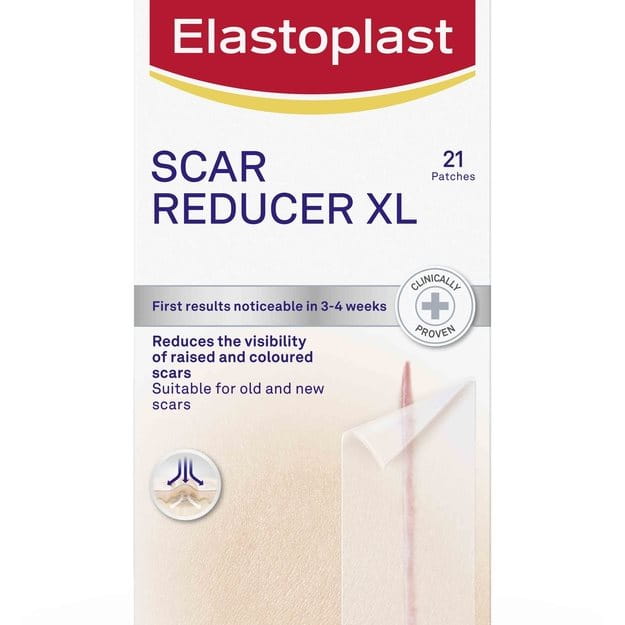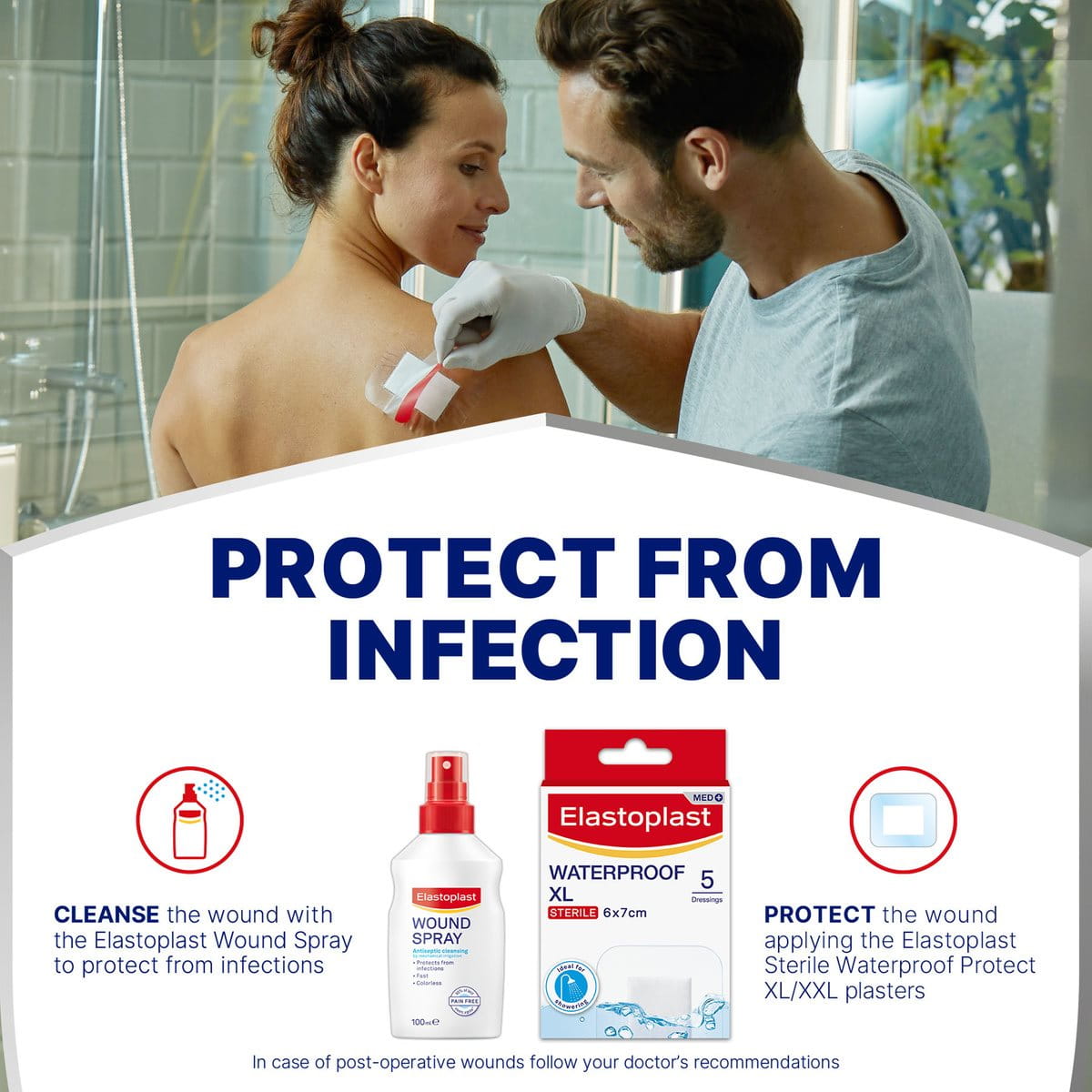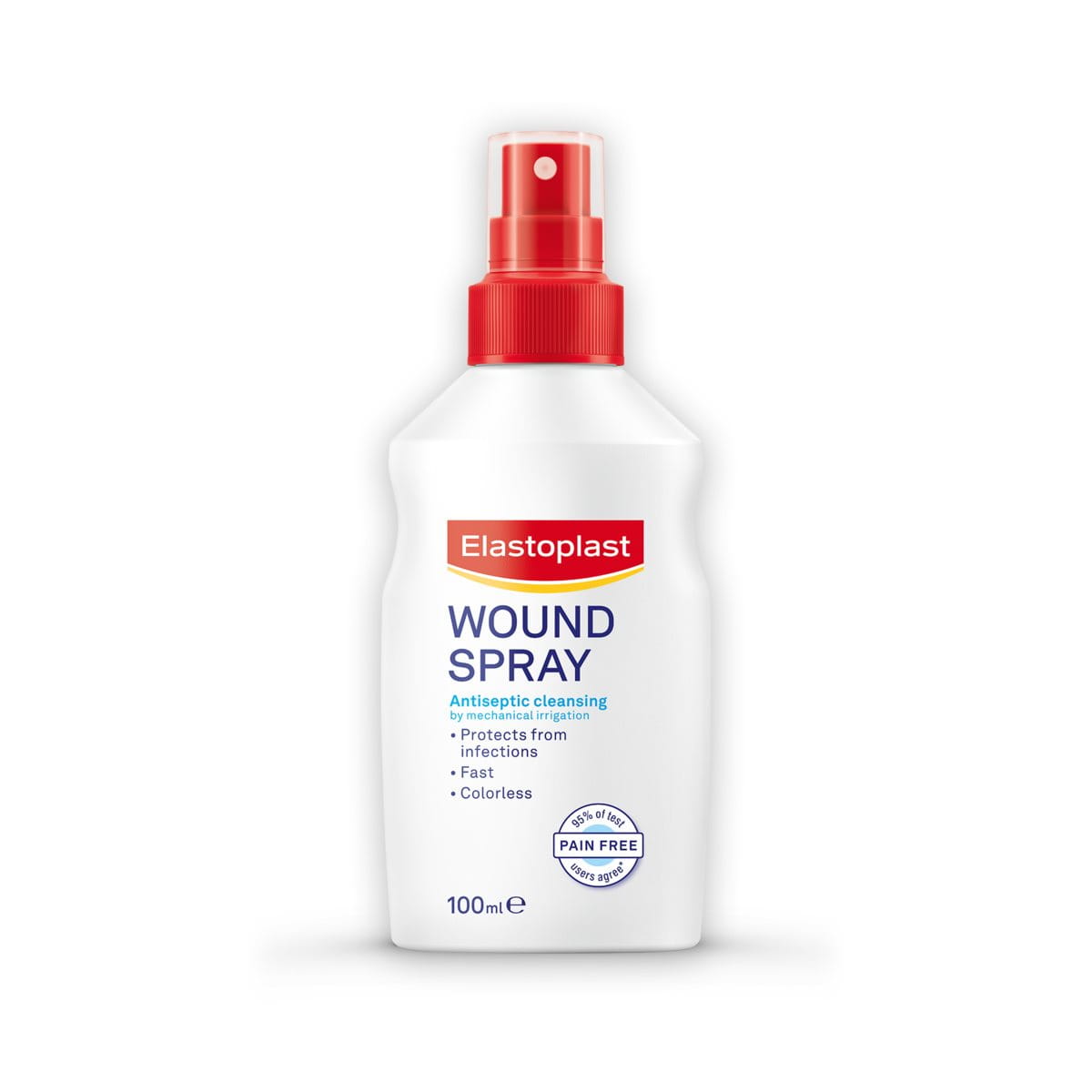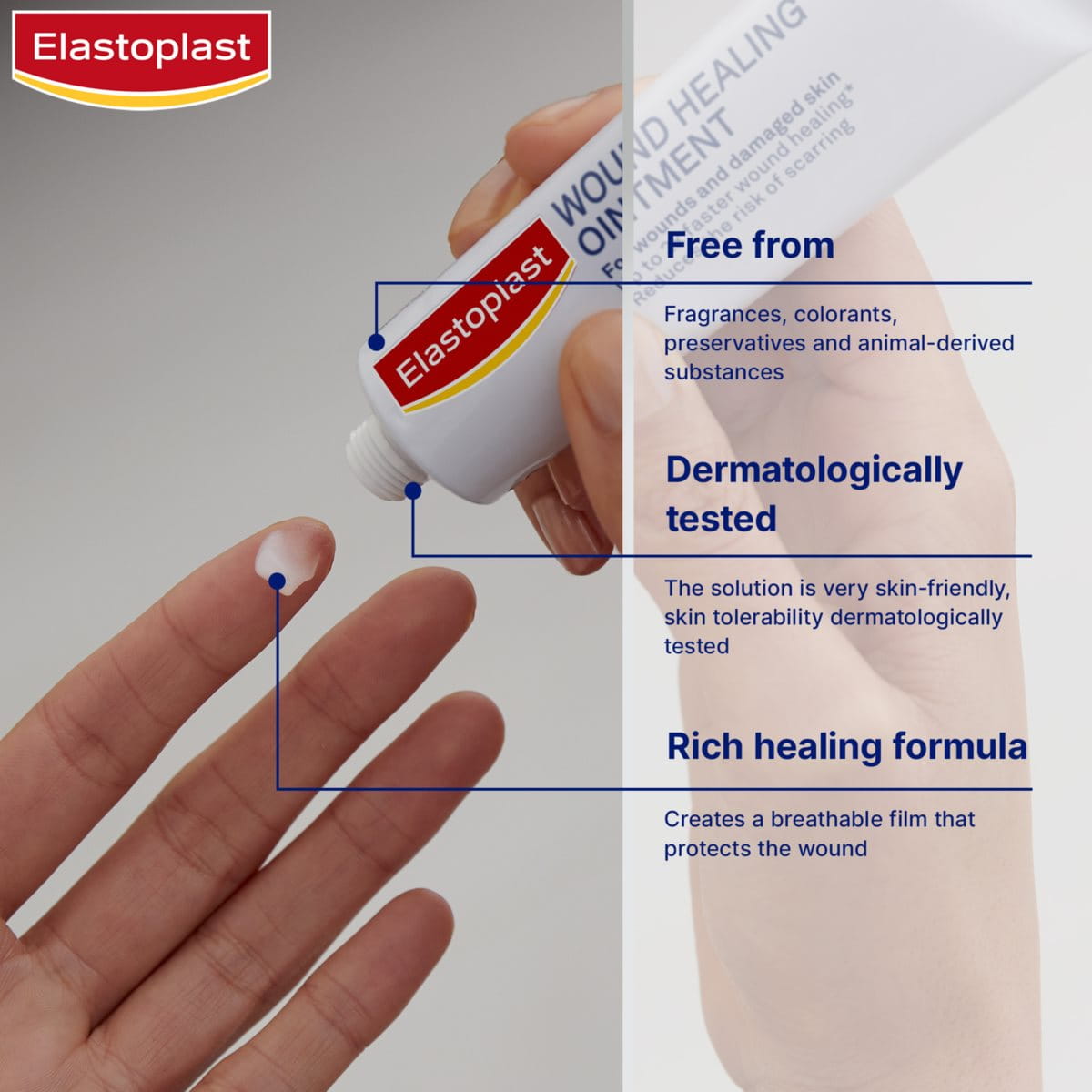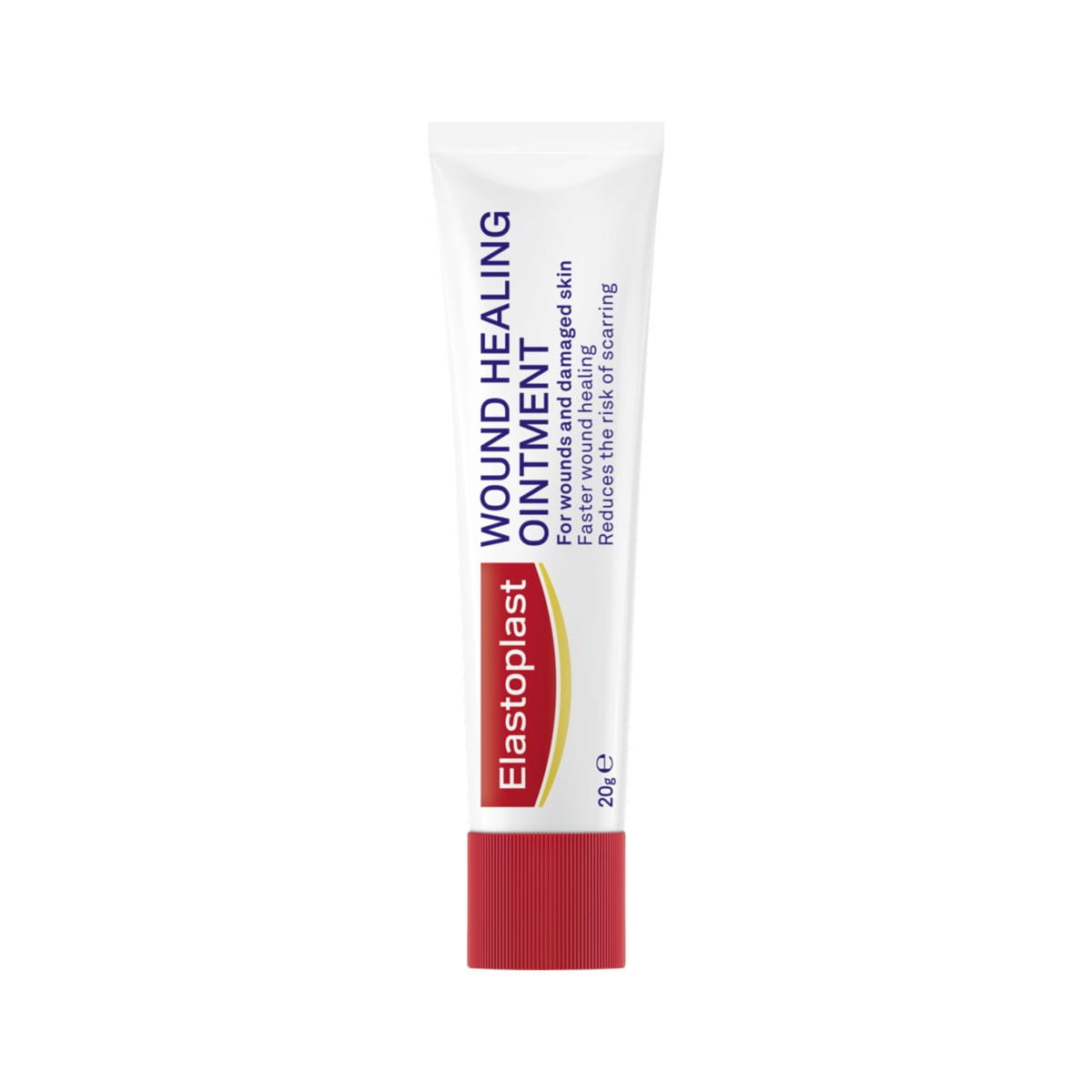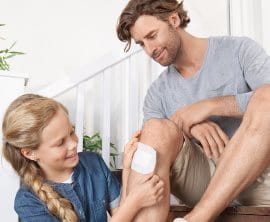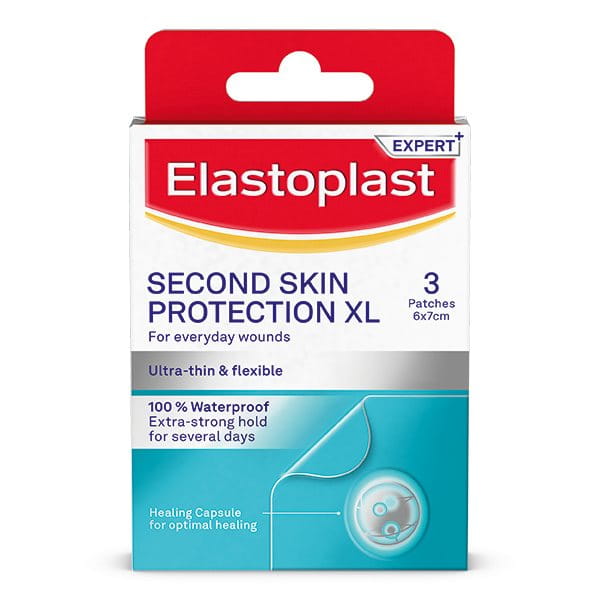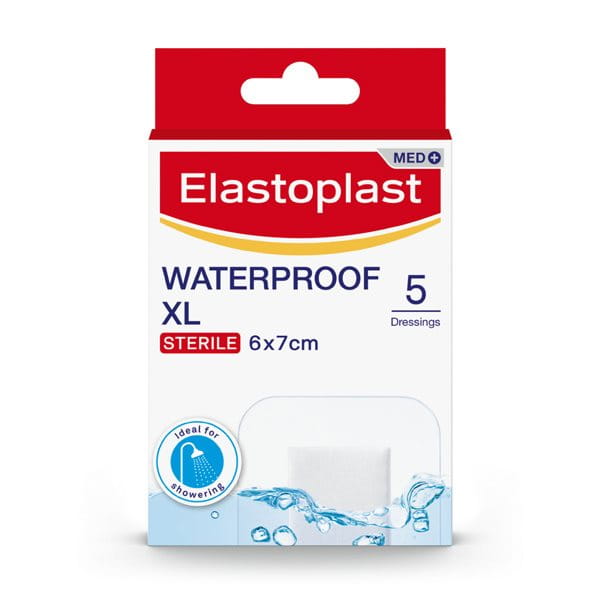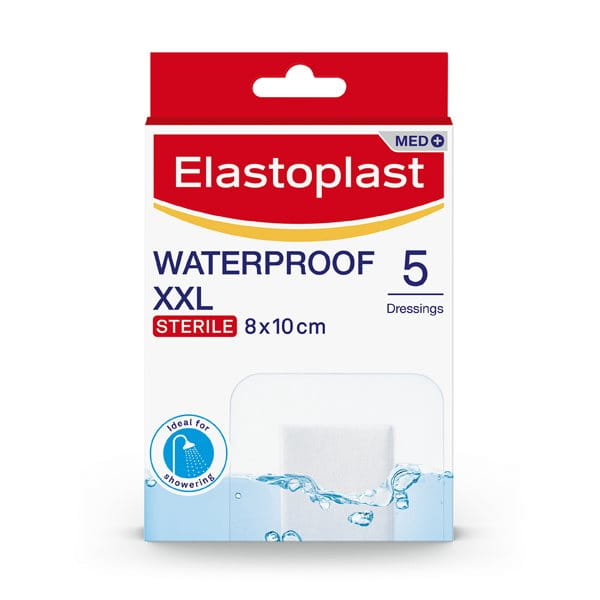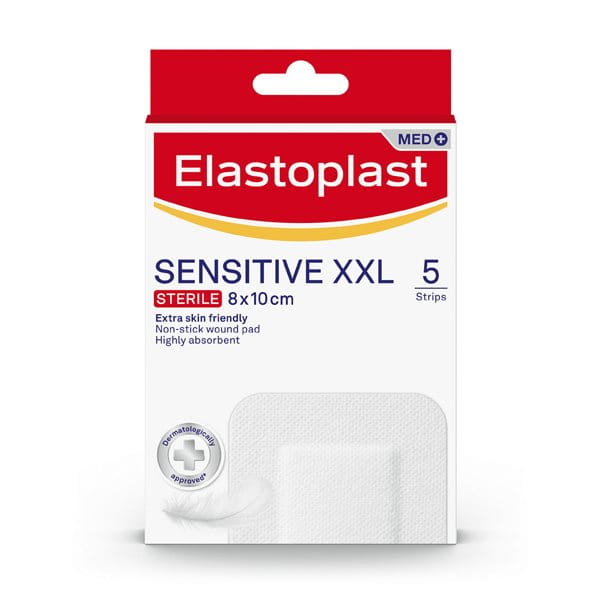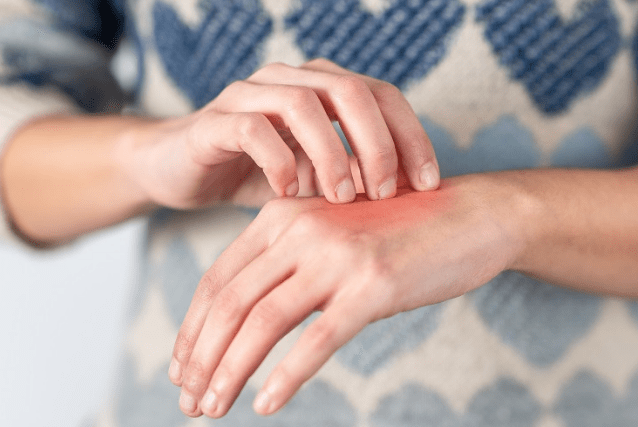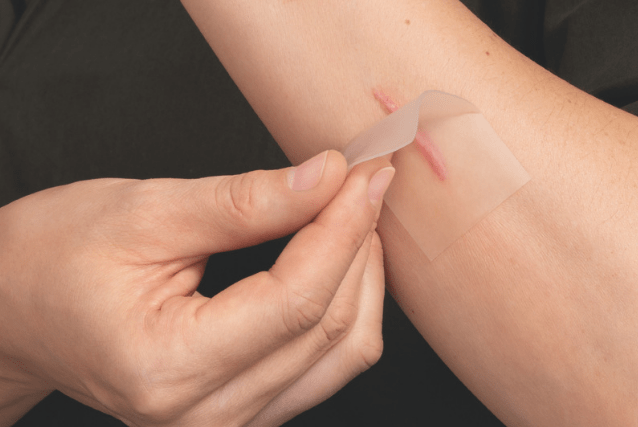Published: March 2019
Last Reviewed: June 2025
Large wounds require careful attention to promote healing and prevent complications such as infection or scarring. Proper cleaning, treatment, and protection are essential steps in managing these injuries safely at home or in a healthcare setting.
Whether the wound is caused by an accident, surgery, or another reason, knowing the right care techniques can significantly impact recovery time and comfort.
In this article, we’ll walk you through the best practices for cleaning, dressing, and protecting large wounds with Elastoplast products to support effective healing.

